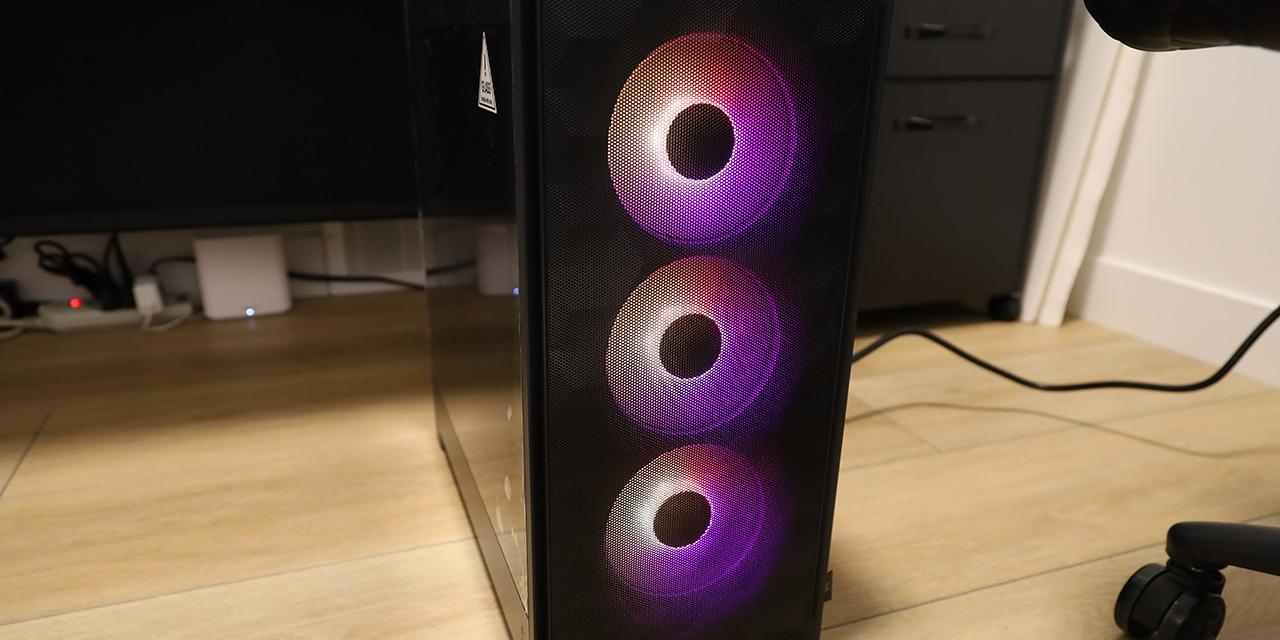Page 3 - Subjective Performance Tests

After plugging the Cooler Master MM711 in and setting up the software, I ran the mouse through our series of standard tracking performance tests. This includes normal office usage in the Windows environment as well as gaming. Some graphics work and testing were done with Adobe Photoshop. Games used in this test primarily include Overwatch and League of Legends. This spans multiple genres and allows us to get a feel as to how the mouse responds in different situations. All testing was completed on a cloth surface, primarily the XTracGear Carbonic XXL. Please note these are subjective tests, but we will attempt to make it as objective as possible with our cross-reference testing methods.
Unsurprisingly, the ambidextrous shape of the Cooler Master MM711 mouse lends itself towards a fingertip or claw grip, much like the previous MM710. I mostly used a claw grip because of how small the mouse felt in my hands. Those with larger hands may find this mouse too small for daily use, even with a fingertip grip, so I would recommend trying out the mouse if possible. Weighting wise, the Cooler Master MM711 mouse is still light than much of the competition at 60g. Considering this represents an increase of more than ten percent compared to the original, I am not too surprised I still notice the difference between the MM710 and MM711. Heavier mice can offer stability, but I think both of these mice feel fast and seamless. This will still come down to personal preferences in the end. As for the sensitivity range, I rarely went above 800DPI in my daily use despite Cooler Master allowing for up to 16000DPI. As for inputs, I found buttons to be in a good placement to avoid accidental buttons presses. The audible and tactile feedback on all of the buttons were good, even when using the secondary keys. None of the buttons exhibited any squeaks or abnormal sounds other than the aforementioned sensor rattle.
The Cooler Master MM711 is a gaming mouse, so it only makes sense to test it with games like Overwatch and League of Legends. As I have been using practically the same mouse for the past four months already, the physical size was the same and thus did not take any time to adjust to the MM711. Otherwise, the sensor tracking in the MM711 was just as good as before. Movement tracked about smoothly with no signs of spin out or incorrect movement. This is clearly a competitive sensor in here and the tracking is top of the class. The lightweight shell and design also made quick flicks easy. I did not find the extra weight to affect performance negatively here either. The primary Omron switches also held up extremely well in all circumstances. In games like League of Legends, the performance was just as good at faster movements without losing tracking.
When checking for more technical flaws, the Cooler Master MM711 exhibited positive signs. Some Photoshop tests revealed small details were easily picked up when moving the mouse in straight lines and zero signs of prediction. I did not notice any input lag and response time felt consistently excellent even when testing at the maximum settings. There was no observable jitter, even at maximum sensitivity, which is a testament to the sensor’s capabilities. The low lift off distance was also quite good to see, as the mouse did not move once it was lifted off the surface. As I may have mentioned in the past and even this review, the flexible cable on the MM711 is a treat that made the mouse feel like it was not even tethered.
Overall, performance of the Cooler Master MM711 was just like the original, which is to say it was superb. Even with the extra seven grams, gaming with this mouse was made easy with accurate and smooth tracking. The lighter body and smooth skates made the whole mouse easy to grip onto and feel quicker to move. This fast feeling was also aided by the light cable that made the mouse feel almost wireless. There was no observed lag and it handled predictably throughout our tests.
Page Index
1. Introduction, Packaging, Specifications
2. A Closer Look - Hardware and Software
3. Subjective Performance Tests
4. Conclusion





